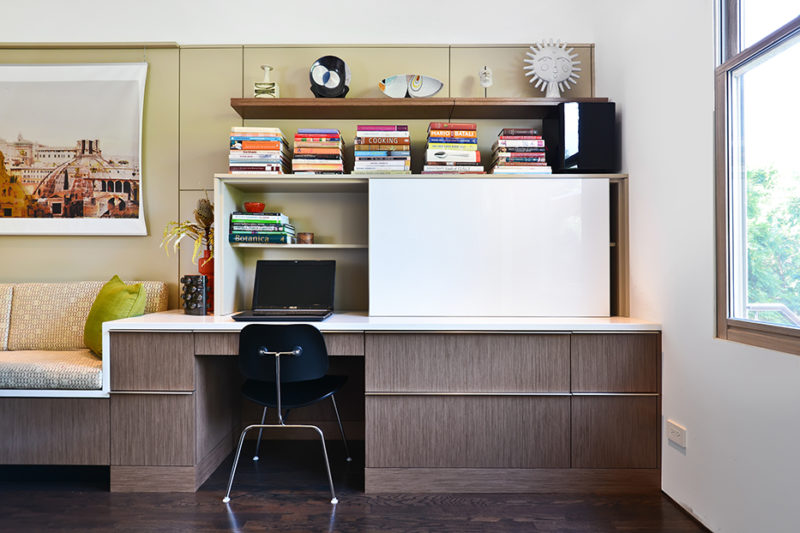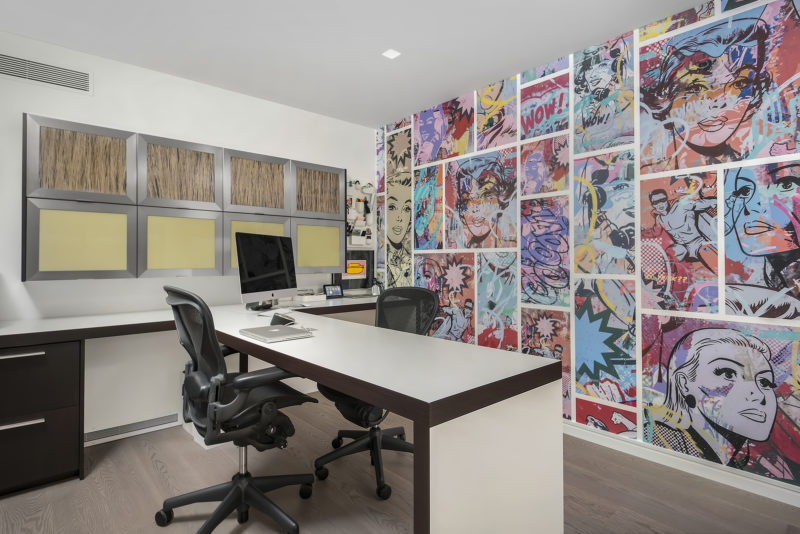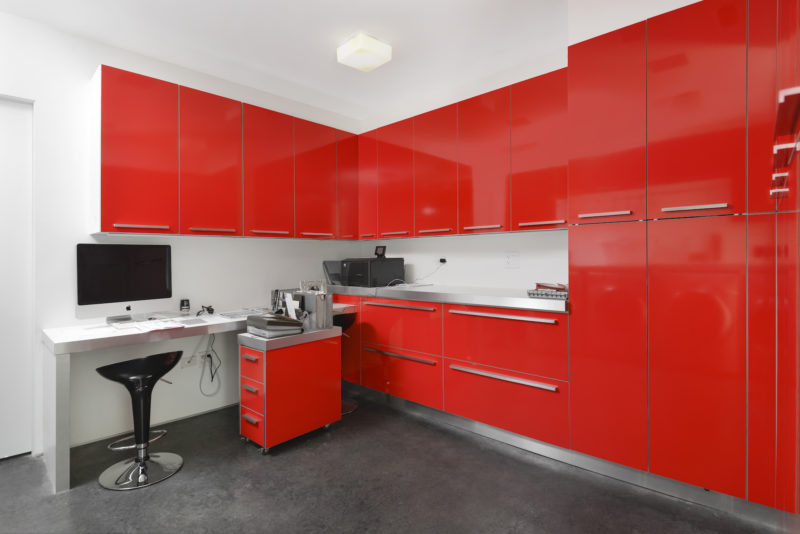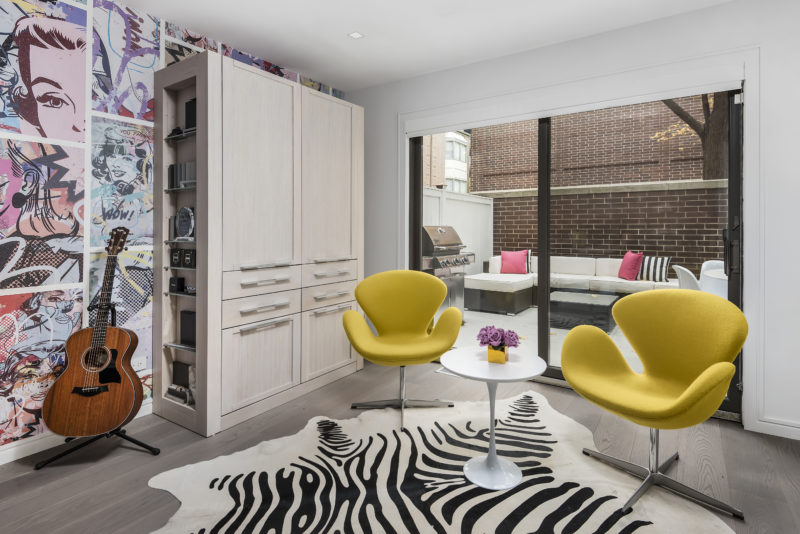4 Interior Design Ideas for Boosting Home Office Productivity
by guest blogger Matt Lee

Image courtesy of Dresner Design, Photography by Jim Tschetter
Resist the urge to get cozy on the couch! With more companies turning to remote work as a way to accommodate employees, the home office has quickly become one of the most important, in-demand home remodeling projects. Whether you’ve only used your home office for writing bills or you’re a seasoned pro at working from home, upgrading your office can bring rejuvenated energy and practical features to help you focus. After all, the more supportive your space, the more likely you are to stay productive.
Take a look at these much-needed interior design ideas that are primed for providing a supportive (and beautiful!) workspace at home.
Adjust the Noise Level
Whether it’s a noisy neighbor, traffic sounds, or a barking dog in the next room, reducing noise pollution can certainly help boost productivity for remote workers. Without the advantage of office sound management devices, like acoustic cloud panels, you may need to get a little creative for cutting out the noise at home. When it comes to interior design, that often means reducing the possibility of an echo as much as possible. Plush surfaces, house plants, carpeting, and curtains will all absorb sound waves and reduce the overall noise level in the home, so consider how you can integrate more soft surfaces in your living space.
And if it’s too silent to think straight? You can always try deploying some ambient noise, like waterfalls, crickets, or ocean sounds, from the nearest music player. But if you’re looking for a more permanent solution that doubles as a fun interior design project, brainstorm different ways to include water features in your home, like an indoor fountain that runs continuously. Even a modest countertop fountain can provide just the right amount of background sound needed to help focus on the work ahead.

Image courtesy of Dresner Design, Photography by Jim Tschetter
Walls with Bold Patterns
A productive workspace can benefit from bold background patterns that stimulate activity and thought. Pick out vibrant patterns for the walls to create an area that feels ready to get the ball rolling towards tackling projects. Even a single accent wall in an eye-catching print can be the boost a home office needs to keep you feeling motivated. Here’s a tip: when working with loud or busy patterns, include minimalist furniture and solid color decor throughout the rest of the room to help offset the visual excitement and gain a sense of balance and stability.

Image courtesy of Dresner Design, Photography by Jim Tschetter
Designated Office Space
Work-life balance is essential for preventing work-from-home burnout. Having a designated office space can help individuals start and end the work day more effectively and cut out everyday distractions, like pets, the mailman, or visitors. While a separate office room is ideal, individuals with room limitations or open floor plans can achieve the same effect by introducing office wall partitions to their living space. Plus, many modern office partitions are stylish and unconventional, meaning you can effectively separate your workspace from the living area without compromising the integrity of your interior design and decor.

Image courtesy of Dresner Design, Photography by Jim Tschetter
Easy-Access Storage
Don’t let paperwork pile up! Having storage that is both easily accessible and compact can help the space (and your thoughts!) feel more organized throughout the day. While closed drawers and compartments can accommodate any workspace, open shelving is convenient and effective on the caveat that it’s kept behind the desk and out of your direct line of sight. There are lots of innovative cabinetry solutions available, so be sure to consider your unique home office needs to maximize efficiency.
With intentional design, you can boost productivity without compromising the character of your home office.
Matt Lee is the owner of the Innovative Building Materials blog and a content writer for the building materials industry. He is focused on helping fellow homeowners, contractors, and architects discover materials and methods of construction that save money, improve energy efficiency, and increase property value.
